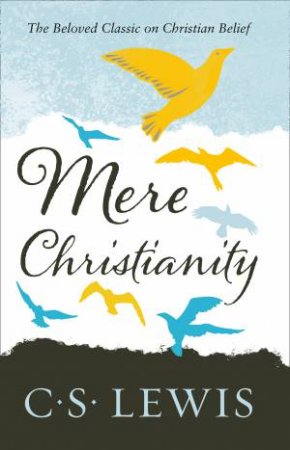

While there are many different Christian sects that worship Christ in different ways, Lewis argues that they can agree on the basic facts about Christ’s existence, and therefore can all attain salvation. The only way to be truly virtuous, Lewis argues, is to worship Christ. Lewis then attempts to resolve the apparent contradiction in the existence of a good God who allows evil things to happen by arguing that God gives people the gift of free will: they face the challenge of behaving virtuously in spite of the temptations of evil-a challenge for which they will be richly rewarded in Heaven.Īt the end of part two, Lewis introduces Jesus Christ, the cornerstone of the Christian religion.

However, the only way for an atheist to criticize the Christian model of God would be to appeal to some standard for “just” and “unjust”-i.e., the same standard that led us to accept the existence of God in Part One. When Lewis was a much younger man, he found it impossible to believe in a just God who would allow Earth to become a sad, unjust place. Looking around the world, it is obvious that good has been corrupted into evil almost everywhere. However, in Christianity, evil isn’t equal to good-evil is “spoiled good” i.e., the perversion or corruption of goodness.

Christians also believe in the existence of an ultimate evil, the Devil. Other religious groups, such as Muslims, Jews, and Christians, believe that God created the universe, yet is distinct from it thus, God is good, and wants humans to work hard to make the universe a better place. Pantheists believe that God is the universe, meaning that everything in the material universe is divine. Some religious groups, the Pantheists, believe that the all-powerful being, God, is neither good nor evil. In the second part of the book, Lewis discusses a few competing theories about the all-powerful being’s identity. Lewis argues that moral law isn’t just an arbitrary human invention-it’s actually a real, timeless thing-invented by an all-powerful being who stands outside the confines of material space and time, and reveals itself to humans through moral law. In the first part of the book, Lewis discusses the “law of human nature.” When studying human history, he claims, one is struck by how similar different societies’ moral codes are, at least at a fundamental level. Lewis argues for the logical validity of Christianity, defends the religion from its critics, and looks in detail at what the life of a Christian is like.


 0 kommentar(er)
0 kommentar(er)
